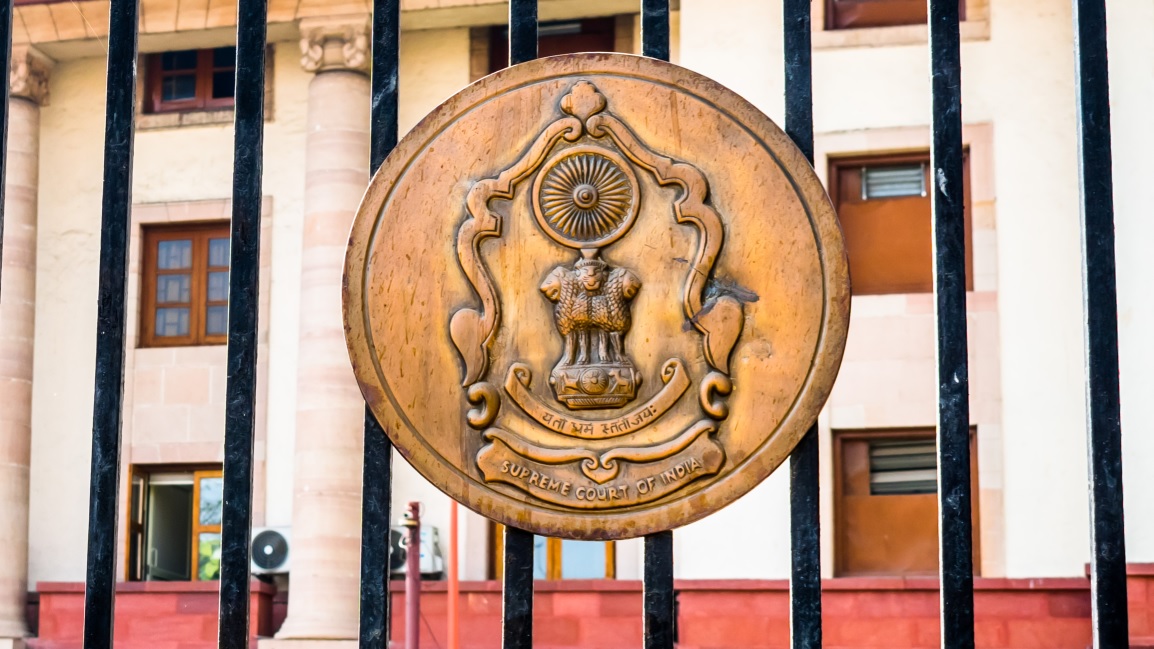Decided on 1 May 2023 | Supreme Court of India
In a significant legal development, the Supreme Court of India, in Sanket Kumar Agarwal v. APG Logistics Private Limited, has provided essential clarifications regarding the computation of the limitation period under Section 61(2) of the Insolvency and Bankruptcy Code, 2016 (the Code). The judgment addresses the exclusion of time taken by the court to provide a certified copy of an order, the commencement of the limitation period from the date of e-filing an appeal, and the application of relevant laws and rules in determining the limitation period.
Facts
The case in question arose when Mr. Sanket Kumar Agarwal (SKA) filed an application under Section 7 of the Code in June 2021, seeking the initiation of Corporate Insolvency Resolution Process (CIRP) against the respondent. However, the National Company Law Tribunal (NCLT) dismissed the application on 26 August 2022. Subsequently, SKA filed an application to obtain a certified copy of the NCLT’s order on 2 September 2022, which the NCLT received on 5 September 2022. The certified copy was provided to SKA on 15 September 2022, and SKA filed an appeal before the National Company Law Appellate Tribunal (NCLAT) on 10 October 2022.
The NCLAT dismissed the appeal as time-barred, leading to the SKA’s challenge before the Supreme Court. The NCLAT’s decision was based on the interpretation that the appeal exceeded the outer limit of 45 days, which the Code prescribes for filing an appeal following an order by the NCLT.
Analysis
SKA argued that the NCLAT should have excluded the time taken to receive the certified copy of the NCLT’s order from the calculation of the limitation period. They also contended that the NCLAT wrongly included the date of the NCLT’s order, 26 August 2022, in the calculation, contrary to Section 12(2) of the Limitation Act, 1963, and Rule 3 of the National Company Law Appellate Tribunal Rules 2016.
APG Logistics Private Limited (ALPL), on the other hand, cited a circular issued by the NCLAT on 3 January 2022, outlining a Standard Operating Procedure that required an e-filing along with the physical copies. They further referred to a subsequent order dated 21 October 2022, which was later withdrawn on 24 December 2022, indicating that the limitation would be computed from the date of the e-filing but required a physical copy to be filed within seven days. ALPL argued that e-filing on 10 October 2022 did not negate the operation of the limitation period until a physical copy was filed.
Judgment
The Supreme Court noted that the appeal was e-filed on 10 October 2022, and a physical copy was lodged on 31 October 2022, before the order dated 21 October 2022 (which was later withdrawn) came into effect on 1 November 2022. Therefore, the appeal adhered to the rules in place at the time. It further emphasised the importance of Section 238 of the Code, which allows for the application of provisions of the Limitation Act, 1963, and Rule 3 of the NCLAT Rules 2016, which specifies the date from which the limitation period must be calculated, excluding the date of the pronouncement of the order.
Consequently, the Supreme Court held that the date on which the NCLT pronounced its order, 26 August 2022, must be excluded from the calculation of the limitation period. As a result, from 26 August 2022 to 10 October 2022, a total of 45 days had elapsed, which was within the permissible limit.
The aforesaid judgment offers critical insights into the calculation of the limitation period under the Insolvency and Bankruptcy Code, 2016. It emphasizes the exclusion of time taken by the court to provide a certified copy of an order, clarifies the initiation of the limitation period from the date of e-filing, and underscores the application of relevant laws and rules.
This decision provides clarity and guidance to both legal practitioners and stakeholders in the insolvency and bankruptcy domain, ensuring a more precise and consistent approach to the computation of limitation periods in such cases. Additionally, the Supreme Court’s order directing the Union Government to monitor regulations promoting e-filing across tribunals reflects a commitment to modernise and streamline legal procedures in India.
Photo: 253373298 | India © Mrinal Pal | Dreamstime.com
